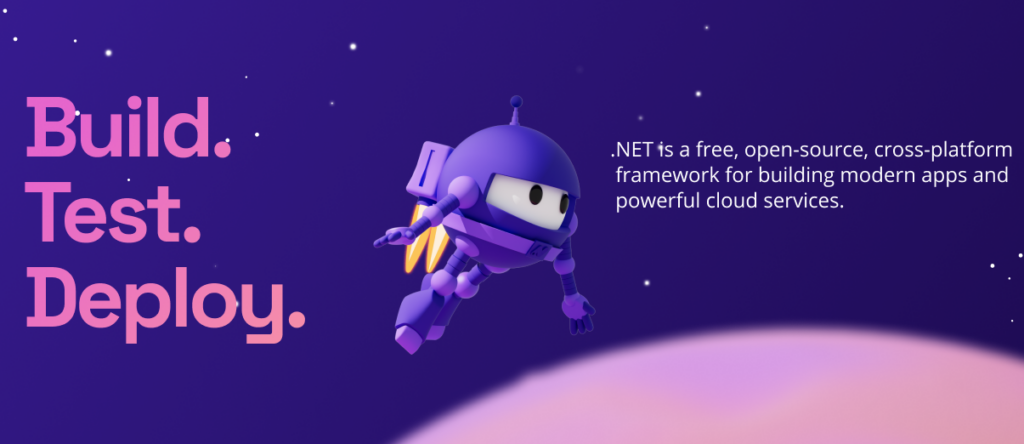


Microsoft Report Viewer Add-on for Visual Web Developer 2008 Express has been released

Spell checker update 2.2: full support for VS 2008 SP1, simpler setup and a few bug fixes

Where to get the Localized Languages of Silverlight 2 Tools

Web Platform Installer

Workaround for a slow closing of Web projects

So, what’s new in the CLR 4.0 GC?

JScript IntelliSense FAQ

Checkout Tip#13 to Tip#23 on our Tips and Tricks blog


 Light
Light Dark
Dark